Table of Contents
- Fundamental Differences: Delta-8 vs CBD Packaging Requirements
- The Regulatory Landscape for Cannabinoid Packaging
- Child-Resistant Requirements for Different Cannabinoids
- Labeling Requirements and Warning Statements
- State-by-State Variations in Delta-8 and CBD Packaging
- Strategic Packaging Decisions for Cannabinoid Products
Delta-8 vs CBD: Do the Packaging Rules Change?
The cannabinoid market continues to evolve with products containing CBD, Delta-8 THC, and other hemp derivatives gaining popularity. However, the packaging regulations for these substances differ significantly, creating compliance challenges for manufacturers and retailers. Understanding these distinctions is crucial for brands looking to expand their product lines while maintaining regulatory compliance.
Fundamental Differences: Delta-8 vs CBD Packaging Requirements
The core difference between Delta-8 and CBD packaging stems from their psychoactive properties. While CBD is non-intoxicating, Delta-8 THC produces mild psychoactive effects, which triggers additional packaging requirements. According to industry compliance experts, Delta-8 products generally face stricter packaging regulations than CBD-only items.
This distinction becomes apparent in several key areas:
- Child-resistant packaging is more universally required for Delta-8 products
- Warning statements for Delta-8 are typically more extensive
- Tamper-evidence features are more strictly enforced for Delta-8 items
- Opacity requirements may differ between the product types
The Regulatory Landscape for Cannabinoid Packaging
The regulatory framework governing cannabinoid packaging remains fragmented. While CBD products derived from hemp (containing less than 0.3% Delta-9 THC) fall under the 2018 Farm Bill at the federal level, Delta-8 exists in a more ambiguous space. This creates a patchwork of regulations that vary by state.
For bulk storage and wholesale distribution, many manufacturers opt for heavy-duty mylar storage bags that maintain product freshness while meeting various state compliance requirements for both Delta-8 and CBD products. These packaging solutions often feature customizable printing areas for required warning labels and compliance information.
Child-Resistant Requirements for Different Cannabinoids
Delta-8 Child-Resistant Packaging
For Delta-8 products, child-resistant packaging is nearly universally required. According to packaging guidelines for Delta-8 gummies, these products must typically utilize packaging that meets the CPSC standards under the Poison Prevention Packaging Act. This includes special closures, push-and-turn caps, or child-resistant pouches depending on the product format.
CBD Child-Resistant Packaging
CBD products face more variable requirements. In some states, CBD items require child-resistant packaging only if they exceed certain concentration thresholds or come in specific formats like gummies or other edibles. Topicals and tinctures often have less stringent requirements in many jurisdictions.
Labeling Requirements and Warning Statements
The information required on product labels differs substantially between Delta-8 and CBD products. A compliance breakdown shows that Delta-8 products typically require:
- Clear indication of Delta-8 THC content
- Warning about psychoactive effects
- Age restriction notices (21+ in most states)
- Pregnancy warnings
- Driving/machinery operation warnings
- QR codes linking to certificates of analysis in some jurisdictions
CBD products generally require less extensive warnings, though they still need accurate cannabinoid content, ingredient lists, and in some cases, disclaimers about FDA approval status.
State-by-State Variations in Delta-8 and CBD Packaging
The regulatory landscape becomes even more complex when examining state-specific requirements. State-by-state packaging rules show significant variations:
- Some states have banned Delta-8 entirely
- Others regulate it similarly to recreational cannabis
- Some states maintain minimal regulations on both CBD and Delta-8
- A few states require specific warning language that differs from federal guidance
This patchwork creates challenges for brands operating across multiple states, often necessitating region-specific packaging or universal packaging that meets the strictest requirements across all markets.
Strategic Packaging Decisions for Cannabinoid Products
Given these complex requirements, manufacturers must make strategic decisions about their packaging approach. Many successful brands have adopted universal compliance packaging that satisfies the strictest requirements across all jurisdictions where they operate. This may include:
- Using child-resistant packaging for all products regardless of requirement variations
- Including comprehensive warning statements that cover all potential regulatory needs
- Implementing tamper-evident features across product lines
- Utilizing opaque or translucent packaging that meets visibility restrictions in strict states
- Designing packaging with sufficient space for state-specific compliance labels
Looking ahead, packaging trends for Delta-8 suggest further differentiation from CBD packaging, with increased focus on security features, sustainability concerns, and clearer indication of psychoactive potential.
For brands offering both CBD and Delta-8 products, visual differentiation becomes crucial to prevent consumer confusion while maintaining brand consistency. This often means utilizing similar design elements but with clear color coding or prominent indicators of product type to ensure consumers can easily distinguish between psychoactive and non-psychoactive options.

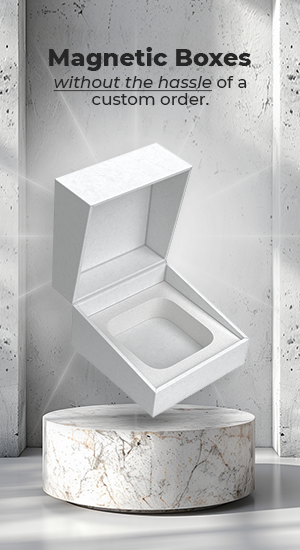
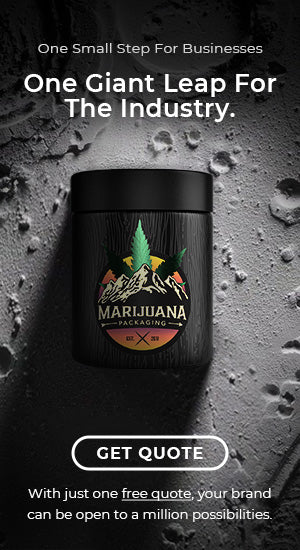

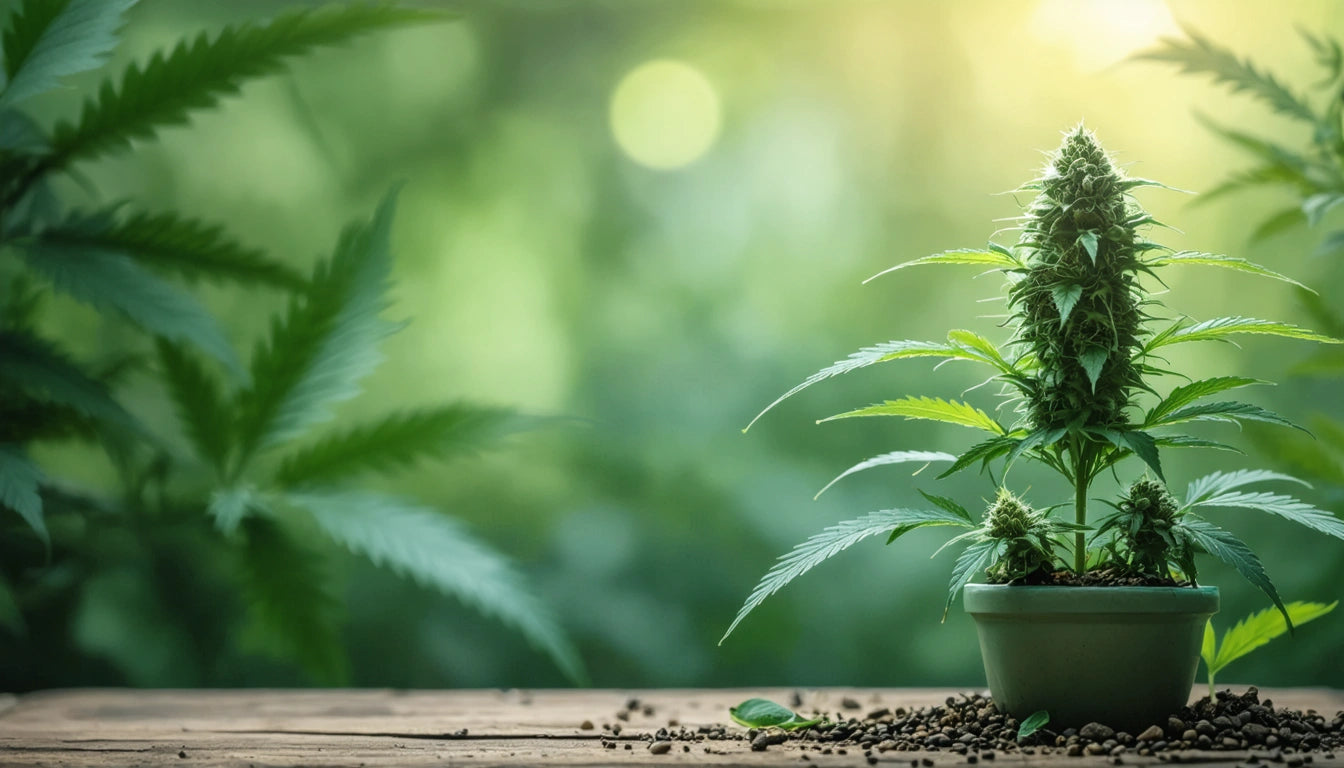
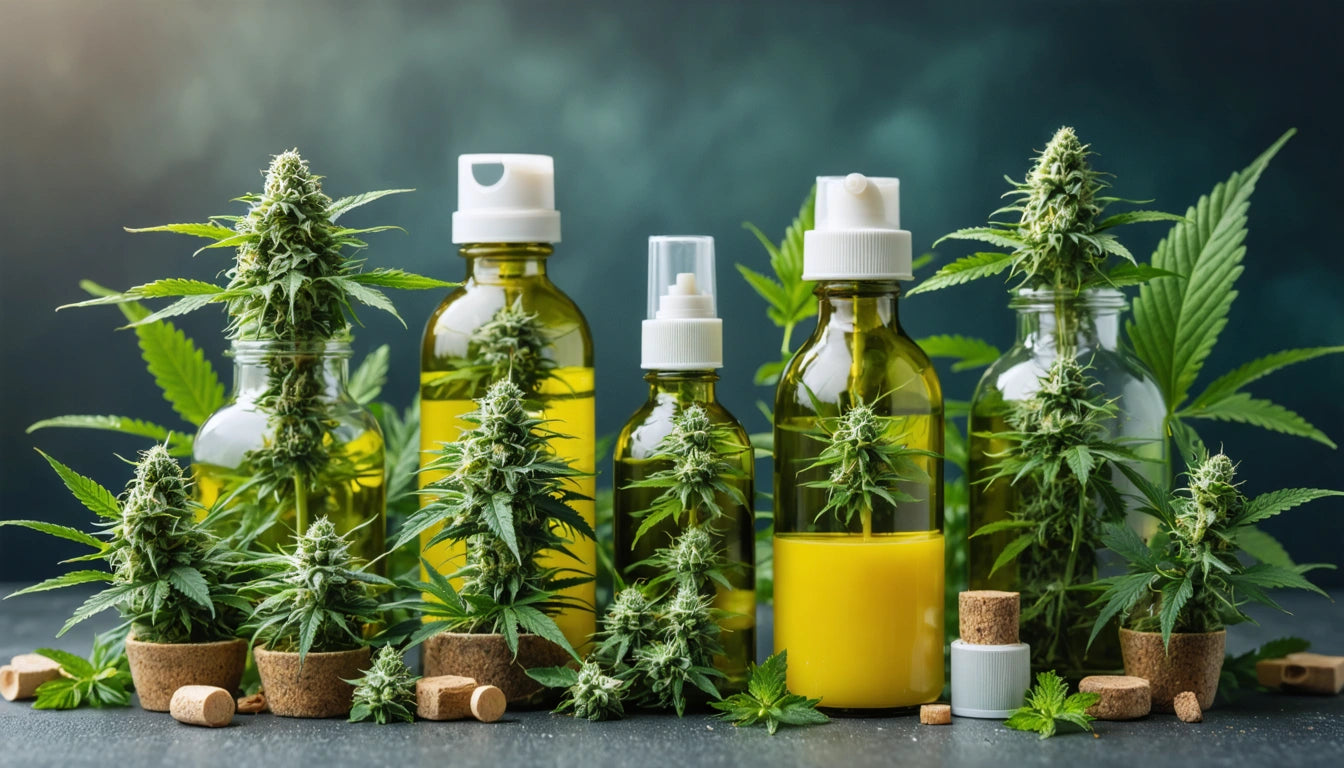
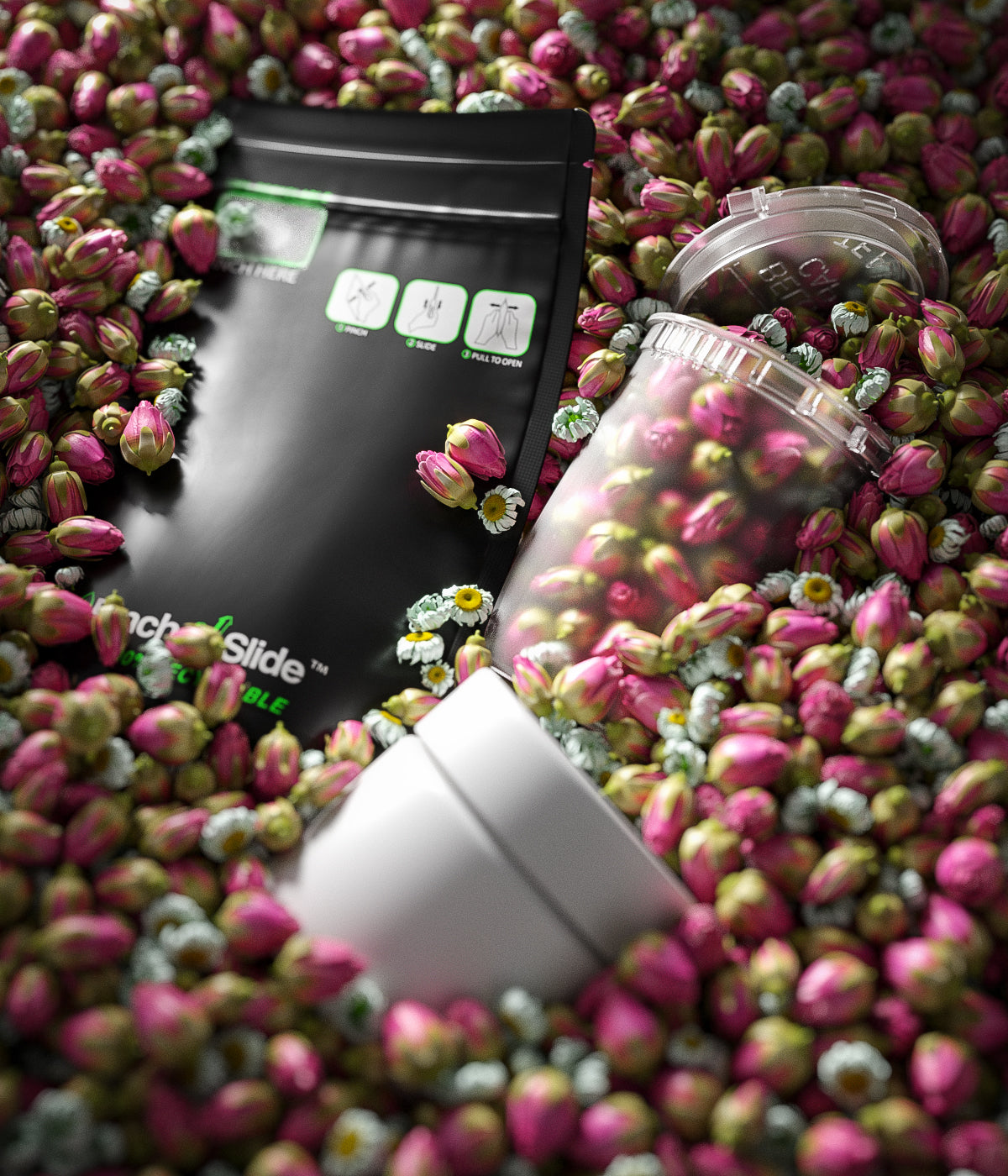
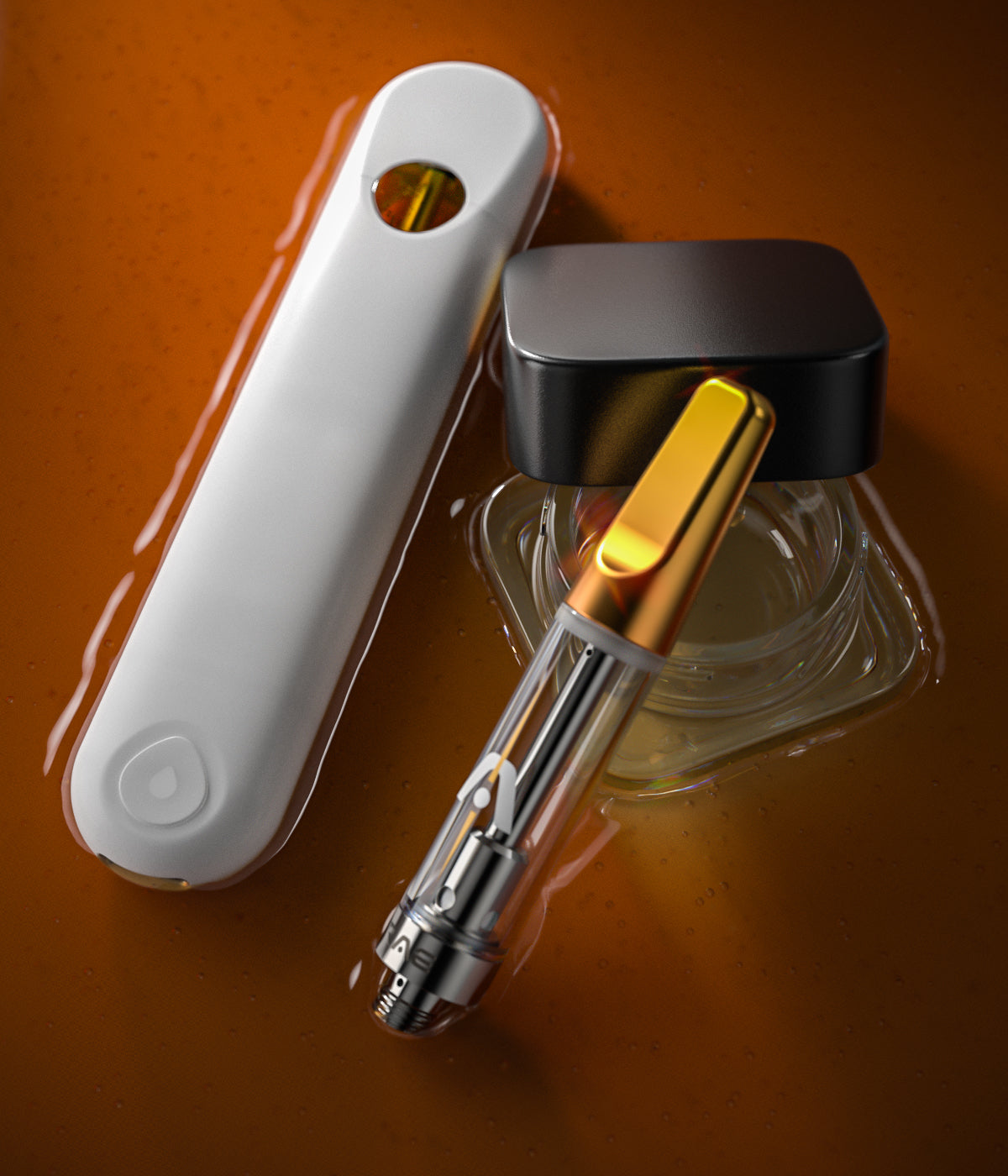
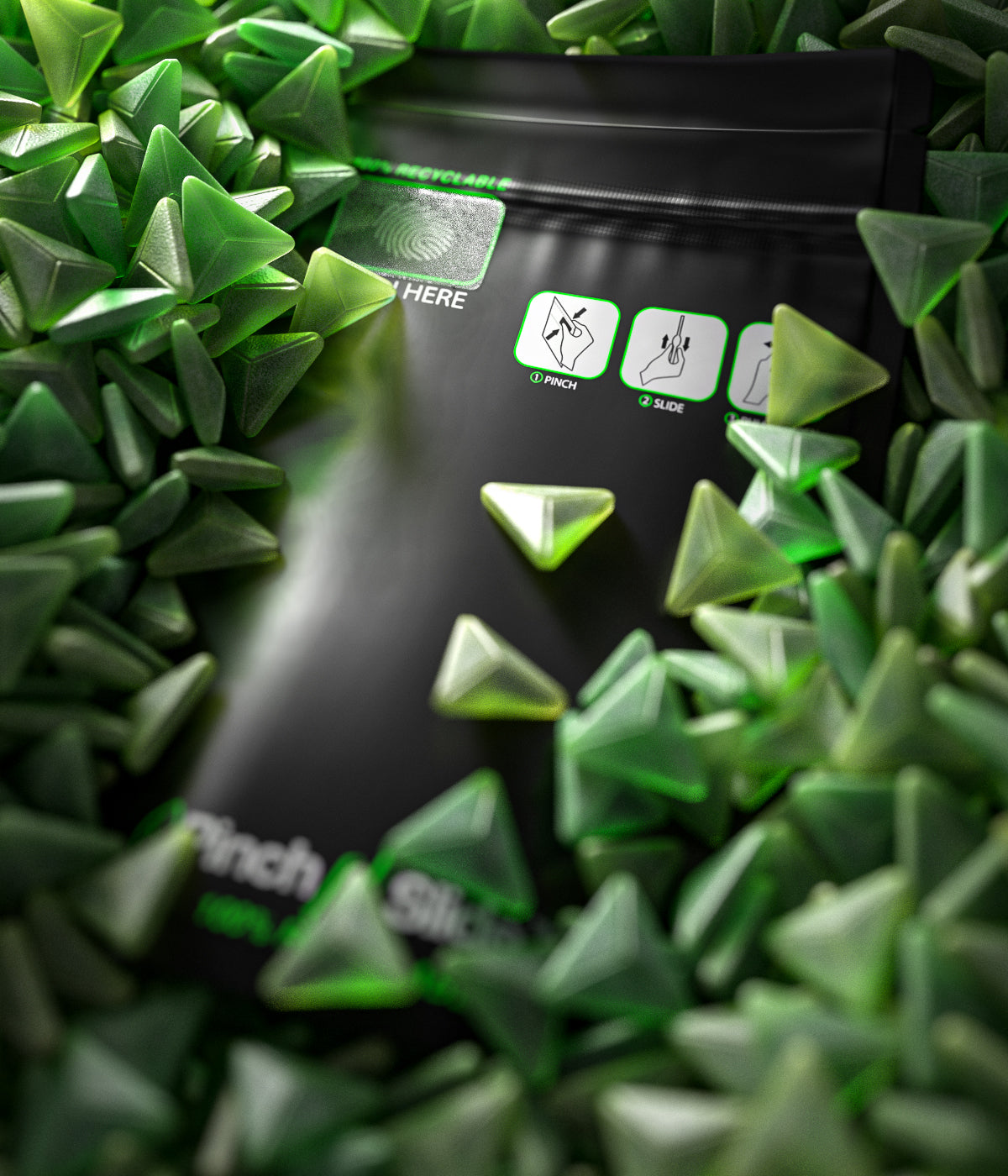
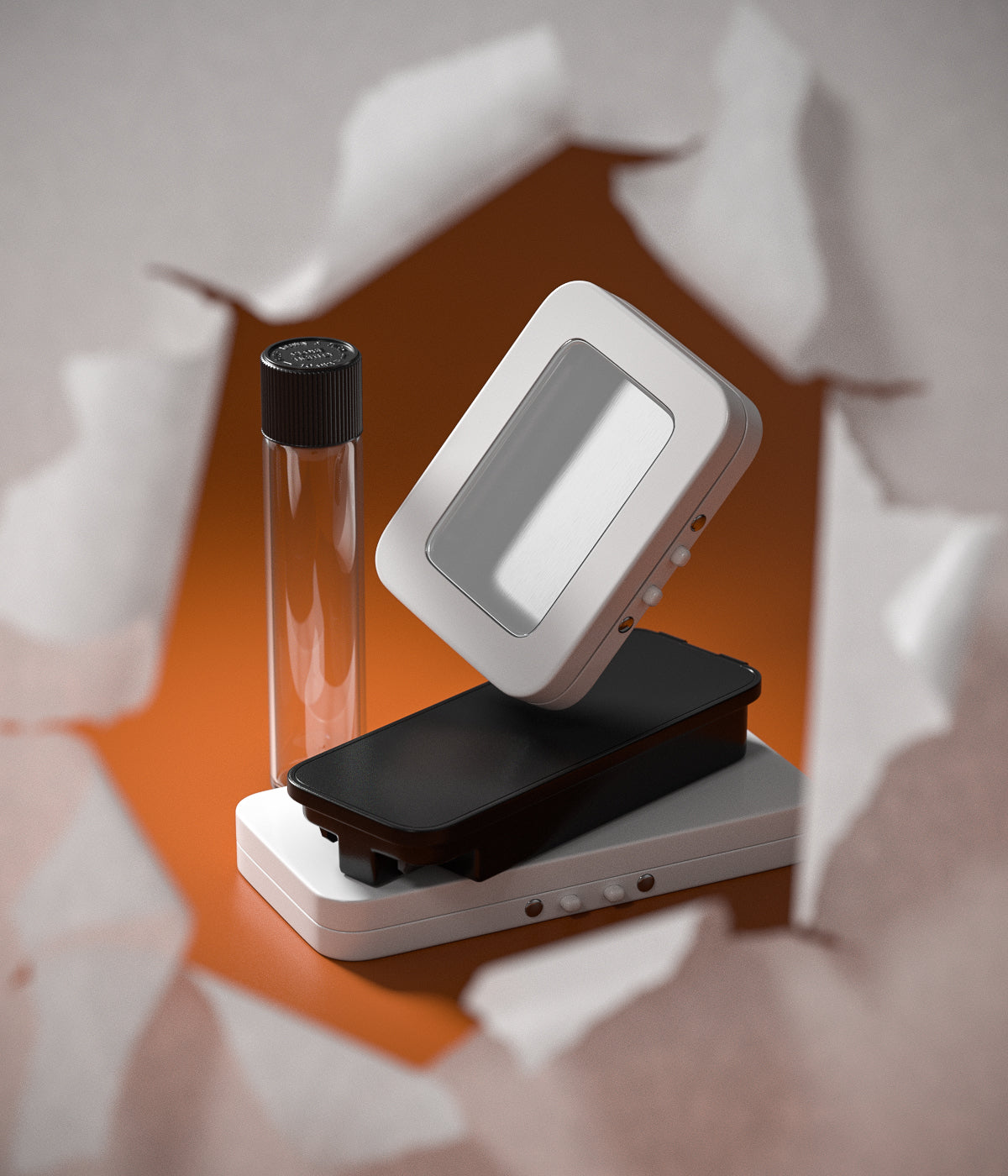
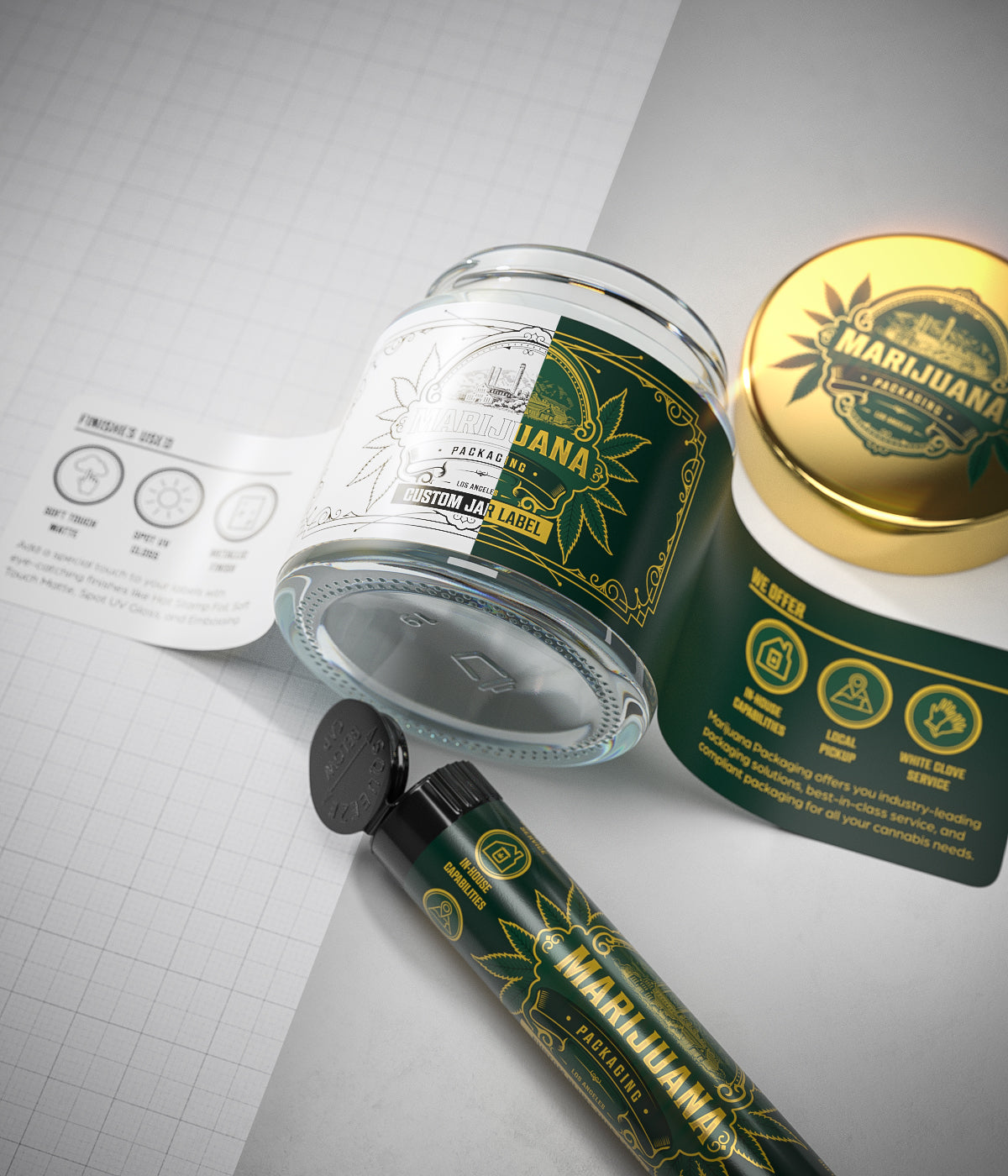
Leave a comment
All comments are moderated before being published.
This site is protected by hCaptcha and the hCaptcha Privacy Policy and Terms of Service apply.